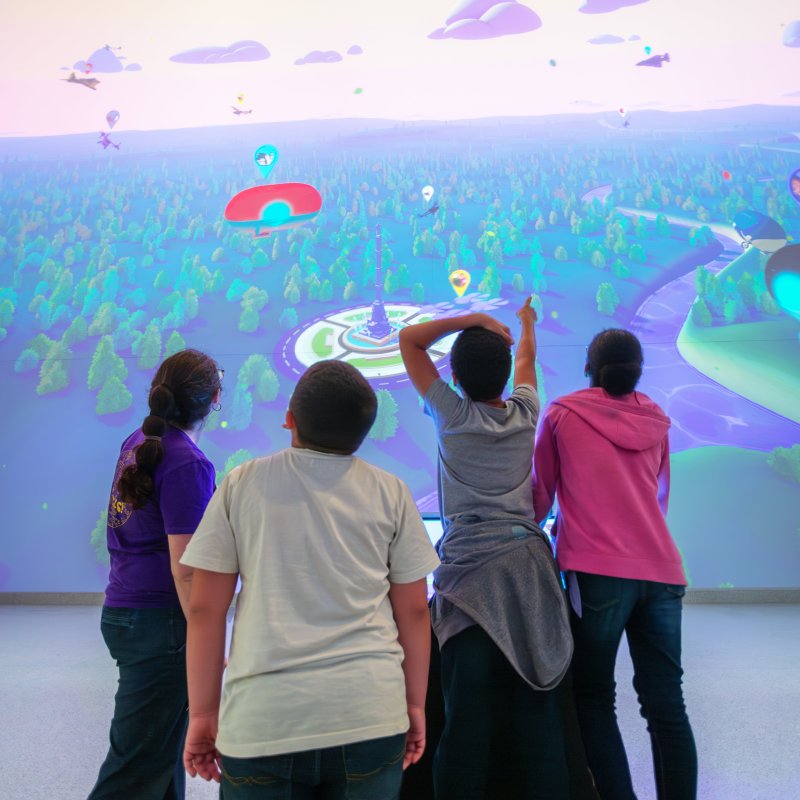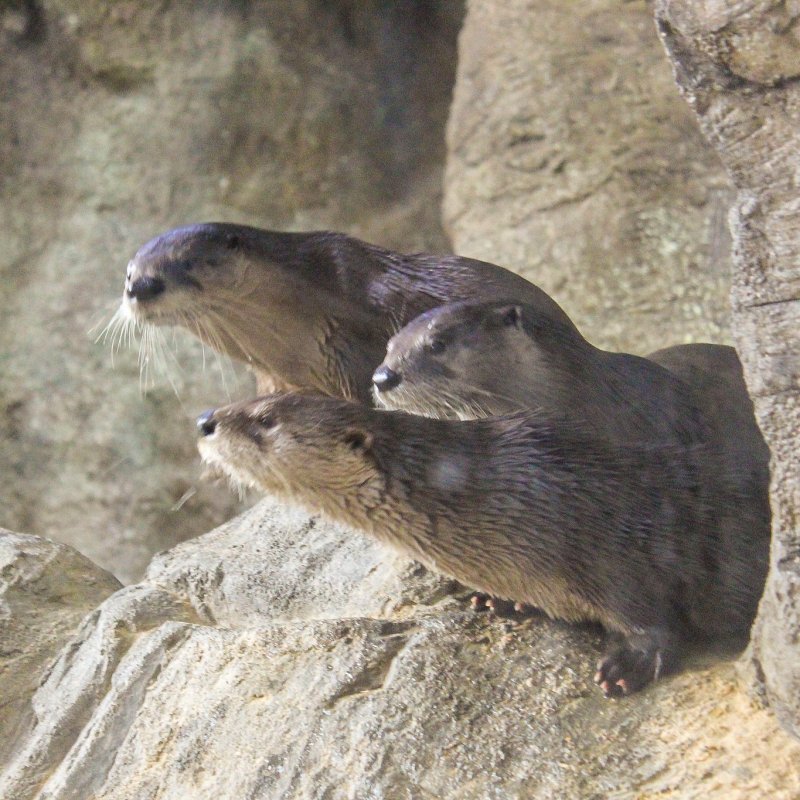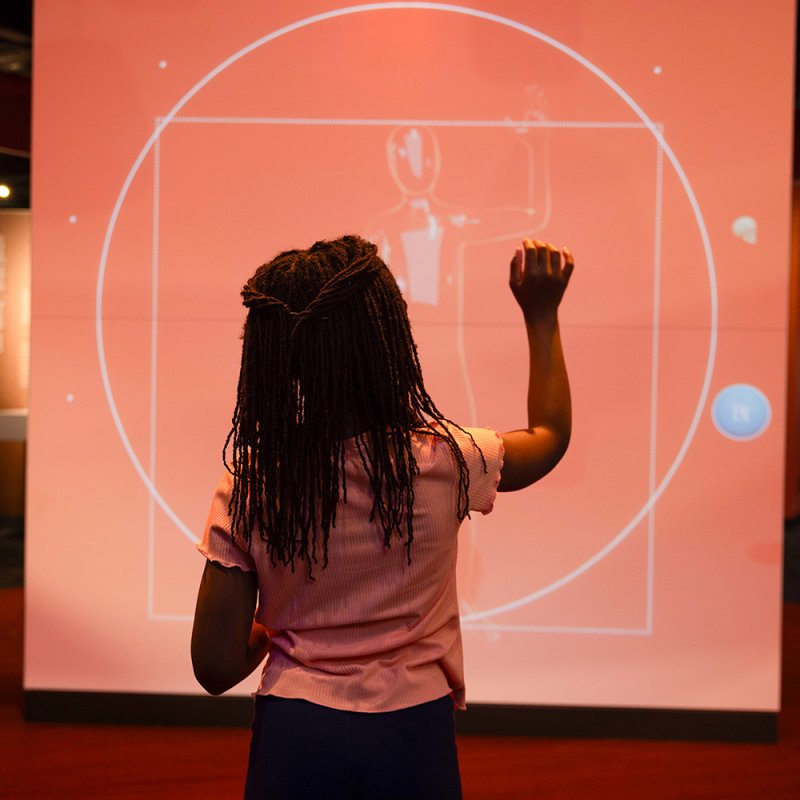Every corner of western civilization has been touched by Leonardo da Vinci’s genius and creativity – a creativity that responded to a virtually limitless range of scientific and artistic challenges.
Leonardo’s “Horse That Never Was” would have assured his unparalleled reputation as a sculptor. This is the romantic story of Leonardo’s unfulfilled passion, the resurrection of the idea by Charles C. Dent, and the gift of The Horse to the people of Italy.
During the 17 years that followed the Duke of Sforza’s 1482 commission of the largest equine statue ever conceived, Leonardo da Vinci also worked on one of his masterpiece paintings, The Last Supper, and a series of portraits of Italian nobles. He also produced a city plan for Milan, new weapons designs, and a defense system for the castle that the Duke probably should have taken more seriously. The Duke also expected Leonardo to create stage sets, manage gala parties and compose rhymes and puzzles for the ladies of the Court. Royal sponsorship clearly did not always release Leonardo to pursue his artistic endeavors.
A 24-foot clay model would finally dominate the landscape in a vineyard near the Duke’s castle. The Horse was to be cast in bronze according to a revolutionary method that was detailed in Leonardo’s carefully-created notebooks.
Scholar Carlo Pedretti describes this place, “That site, which is today a dense and noisy urban district, was then a pleasant expanse of open fields, dotted with trees and shrubs, or neatly kept as orchards, vineyards or citrus groves. One can well imagine the skyline of such a peaceful landscape, bathed in the yellow light of a misty morning of a September day in the Lombard plain … and see that skyline suddenly interrupted by the imposing silhouette of Leonardo’s colossal clay model, standing there with the foreboding of a Trojan horse.”
That must have been the way the Gascon bowmen of the French troops saw it when they entered Milan on Sept. 10, 1499. Instead of admiring the model’s majesty, however, the victorious French archers used it for target practice, reducing it tragically to a mound of clay.
Leonardo would not attempt the project again and died on May 2, 1519. Legend has it that he never ceased mourning his lost horse.
Many of the working sketches for The Horse were lost over the centuries that followed. One set of notebooks, known as the Windsor Collection, came into the possession of the British royal family. Another collection, now known as the Codex Madrid II, was discovered in Madrid’s Biblioteca Nacional in 1966. An article in the Sept. 1977 issue of National Geographic magazine about Leonardo would launch a new existence not only for Leonardo’s horse, but also for Charles C. Dent, a retired airline pilot, artist and art collector living in Fogelsville, Pa. The romantic legend, with its combination of creative genius and human frailty, cast its spell over Dent. It even seemed appropriate that Charlie Dent spent so much of his time flying, an experience for which Leonardo yearned.
Already an admirer of Leonardo and a Renaissance man in his own right, Charlie Dent decided that Leonardo and Italy should have The Horse – a little late to be sure, but as a gesture of appreciation from the American people for it acknowledges the immense cultural, artistic, and scientific legacy of the Italian Renaissance for the American culture. He took up the horse’s reins and remained at full gallop for the rest of his life.
Dent presided over years of research and planning that responded to intriguing possibilities created by looking from a new angle, a shift in light, or a change in position. The 20th century evolution of The Horse was marked by a determination to interpret the master’s vision accurately. There was only one Leonardo, and it was inconceivable to think of replicating The Horse exactly as it existed in his mind. The project’s enduring goal was to produce a sensitive, appropriate monument to Leonardo’s genius and his contributions to today’s world. As Dent emphasized, “It is the gesture itself which is most important.”
To formalize The Horse project, Charles C. Dent formed Leonardo da Vinci’s Horse, Inc. (LDVHI) officially in 1982. The organization’s stated purposes were to honor the Italian Renaissance and its immense cultural, artistic and scientific legacy; to honor Leonardo da Vinci and his extraordinary genius; to honor the noble horse, man’s companion throughout history; to encourage curiosity, imagination, and creativity among youth; and to stand as a symbol of friendship between nations.
Thoughtful decisions reflected basic elements of other Leonardo works as well as the classical images of his time. Carlo Pedretti, a member of the Council of Scholars and a renowned Leonardo scholar, recommended that the position of the head should more closely resemble that of the late 15th century classical vision of The Horse. Sculptor Nina Akamu, hired in 1997 to complete The Horse after the death of Charles C. Dent, studied Leonardo’s entire body of work along with his sketches of The Horse to interpret the design correctly.
Charlie Dent’s talent for promoting commitment to Leonardo’s vision created a large roster of unsung sculptors, writers, business people, teachers, and horse lovers who contributed time, effort, and funding. Determination and modern technology could not minimize the challenges that Dent and his supporters faced. Charlie’s will, primarily a bequest to The Horse, provided the substantial sum that took the model to the foundry. With the additional support from donors in all 50 American states, The Horse was installed in Milan and unveiled on Sept. 10, 1999. Many of these contributors made a pilgrimage to Milan to celebrate the realization of his dream.
The Horse is faithful to Leonardo’s original drawings, and is in keeping with the spirit of Leonardo and the Renaissance. In a broader context, the significance of The Horse, much like the Statue of Liberty, goes beyond all natural frontiers. Il Cavallo will stand for a thousand years as a symbol of permanence against the destructiveness of war and as a symbol of friendship between nations.
Leonardo’s Horse Facts
- Height: 24 feet
- Weight: 15 tons, including armature
- Construction: Engineered to withstand wind shear and earthquakes
- Foundry: Tallix Art Foundry
- Materials: Sculpture made of silicon bronze, alloy #872; armature of stainless steel, type 304; pedestal of Carrara marble
- Sculptor of Record: Nina Akamu
- Location: San Siro Hippodrome Cultural Park, Milan, Italy
- Unveiling: Sept. 10, 1999

